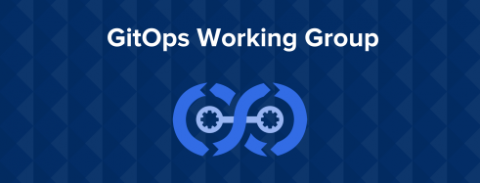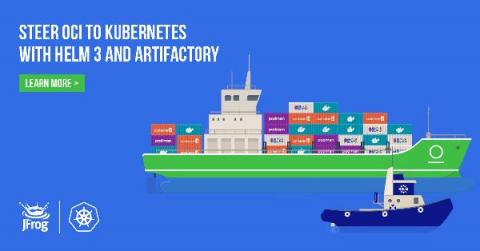Operations | Monitoring | ITSM | DevOps | Cloud
Latest News
Announcing the GitOps Working Group
Today Amazon, Codefresh, GitHub, Microsoft, and Weaveworks are announcing the creation of the GitOps Working Group. This will be an open CNCF community project created inside the CNCF fluxcd GitHub organization as the initial venue for collaboration and open governance.
Best 10 DevOps Tools for 2021
Gaining operational maturity isn’t something that happens overnight after implementing new tools. At its core, it’s a concerted effort in shifting culture so that people can break down communication silos to ship better software and implement more transparent processes.
Eliminating DevOps Monitoring Challenges, Part I: Utilizing Telemetry Data
Some of the most common DevOps Monitoring challenges we hear about from customers are things that might be all too familiar to some of you. One of the most common is that teams lack visibility into the whole environment. This is both a symptom and cause of labor-intensive visibility, loosely coupled discrete tools, and a lack of hard data to capacity plan or assesses success.
The Engineer's Guide to Preparing for Black Friday 2020
A Platform to Automate All The Things
In my seven months at Puppet, I continue to be amazed at the opportunity we have to drive value in some of the biggest companies and institutions in the world. Automation is no longer a nice to have -- it’s a must. As more companies further their cloud strategies to include cloud-native infrastructures, the complexity increases, making automation indispensable.
Puppet and Relay: The Future of Hybrid Cloud Automation
Over the past year, we’ve talked to people building and operating the next generation of applications. Across the map, we saw cloud-native applications built upon an ever-increasing number of public cloud infrastructure APIs, tools, and managed services. Modern infrastructure lets anyone create automation, not just a few gatekeepers. This shift is powerful, but comes at the cost of complexity, which we built Relay to manage.
Steer OCI to Kubernetes with Artifactory and Helm 3
GNU Linux commands to inventory computer hardware
In the beginning we, as Humanity, created computers. We said “let it be electricity” and it was the light on our ballistic trajectory calculations. We saw the numbers matched and they were good. And we called the set of calculation instructions as “programs”, which were loaded straight into computer memories. And so was the first computing decade. GNU Linux commands didn’t exist yet, because there were no operating systems either.
Splunk Named Launch Partner of AWS Network Firewall
Today, AWS has announced AWS Network Firewall: a new managed service that makes it easy to deploy essential network protections for Amazon Virtual Private Clouds (VPCs). As a launch partner, Splunk has worked closely with AWS to provide customers an integration to AWS Network Firewall. In today’s blog, co-authored by my esteemed colleague Anush Jayaraman, we’ll first detail the data flow architecture and your options to ingest the AWS Network Firewall data.











